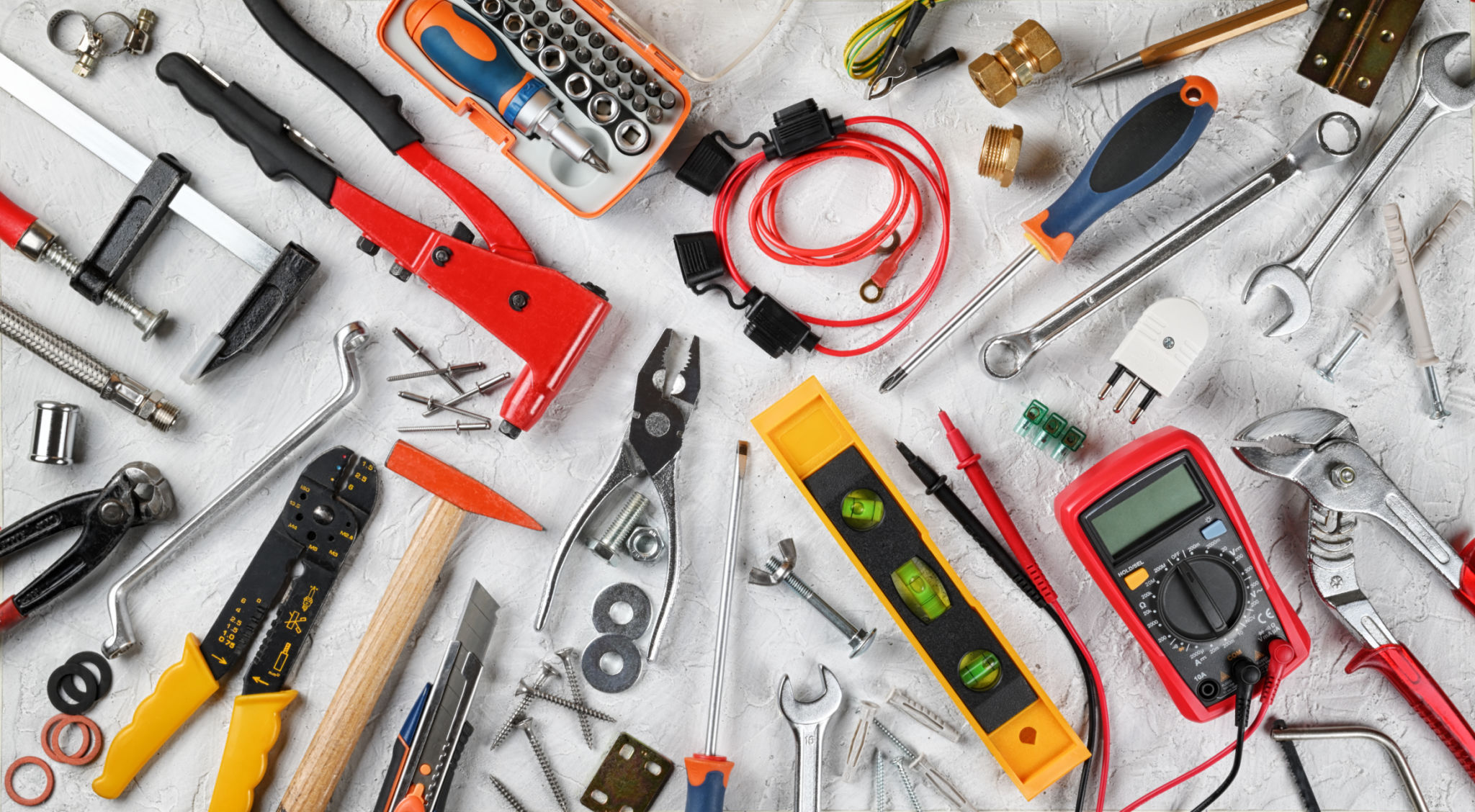How to Optimize Your Maintenance Schedule for Maximum Efficiency
fp
Understanding the Importance of Maintenance Scheduling
In any industry, the efficiency of operations can significantly impact overall productivity and profitability. One key aspect of maintaining this efficiency is through a well-structured maintenance schedule. Regular and timely maintenance not only extends the lifespan of equipment but also prevents unplanned downtimes that disrupt workflow.

Assessing Current Maintenance Practices
Before optimizing your maintenance schedule, it's crucial to assess your current practices. Begin by reviewing the historical data of equipment performance and maintenance activities. Identify patterns in breakdowns and repairs to understand what is working well and what needs improvement. This analysis will serve as a solid foundation for crafting a more effective maintenance strategy.
Implementing Predictive Maintenance
Predictive maintenance leverages data analytics and IoT technologies to predict equipment failures before they occur. By using sensors and real-time data monitoring, you can schedule maintenance activities just in time, reducing unnecessary preventive maintenance tasks. This approach not only enhances equipment reliability but also optimizes resources by focusing efforts where they are most needed.

Developing a Proactive Maintenance Plan
Transitioning from a reactive to a proactive maintenance plan is essential for maximizing efficiency. A proactive approach involves regular inspections, minor repairs, and adjustments before major issues arise. This strategy minimizes unexpected downtimes and extends the operational lifespan of machinery. Moreover, it promotes a culture of continuous improvement within the maintenance team.
Prioritizing Maintenance Tasks
Not all maintenance tasks hold the same level of urgency or importance. By categorizing tasks based on their criticality and impact on operations, you can allocate resources more effectively. Use a priority matrix to distinguish between high-priority tasks that need immediate attention and low-priority tasks that can be scheduled during less busy periods.

Utilizing Maintenance Management Software
Investing in a computerized maintenance management system (CMMS) can revolutionize how you handle scheduling. These systems offer features such as automated reminders, inventory management, and comprehensive reporting tools. By centralizing maintenance data, you can streamline processes, improve communication among team members, and ensure that tasks are executed according to plan.
Training and Engaging Your Maintenance Team
An optimized schedule is only as effective as the team executing it. Providing ongoing training to your maintenance staff ensures they are up-to-date with the latest techniques and technologies. Additionally, fostering an environment where team members feel valued and engaged can lead to higher motivation levels and better performance outcomes.
Monitoring and Continuous Improvement
Optimization is an ongoing process. Regularly monitor the effectiveness of your maintenance schedule by tracking key performance indicators (KPIs) such as downtime, repair costs, and equipment reliability. Use this data to make informed adjustments to your strategy, ensuring continuous improvement and adaptation to changing business needs.

In conclusion, optimizing your maintenance schedule requires a combination of strategic planning, technology adoption, and team engagement. By following these steps, businesses can enhance operational efficiency, reduce costs, and ultimately achieve greater productivity.